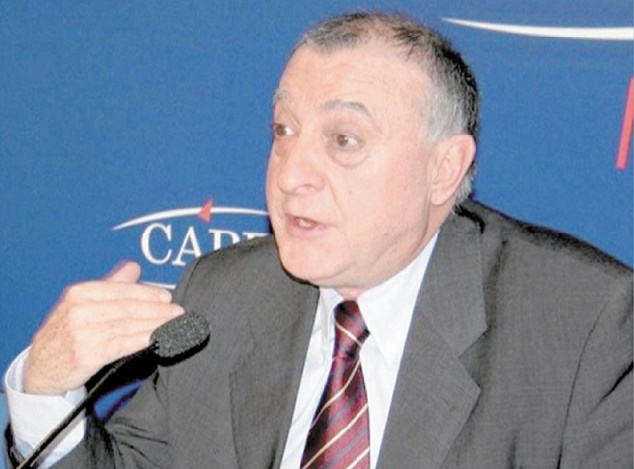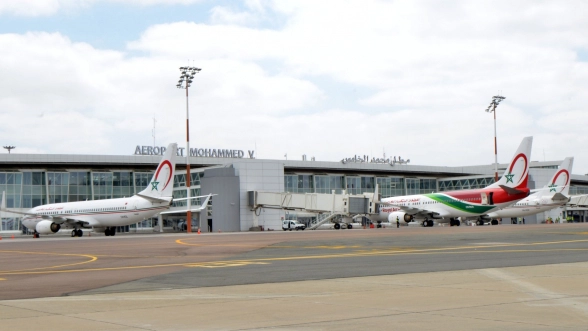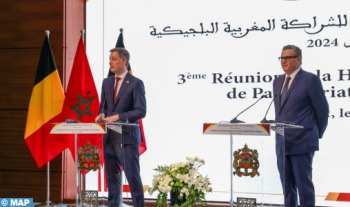Morocco’s Central Bank announced that measures will be gradually taken to ensure a more flexible exchange rate of the Dirham amid promising macro-economic conditions marked by low oil prices and increasing demand on phosphates.

The floating of the pegged dirham was encouraged by the IMF which sees in a more flexible exchange regime a move to strengthen the competitiveness of the Moroccan economy and its resilience against external shocks.
The increasing demand on Morocco’s phosphates with the recent sealing of a Q2 contract with India bodes well for Morocco’s foreign currency reserves as it braces for the dirham float. More phosphates revenues combined with lower energy prices significantly reduced the north African Kingdom’s import bill.
A flexible exchange regime will enable the Central Bank to lead a more independent monetary policy through a progressive approach that started with fixing the dirham exchange rate via a peg that is 60 percent weighted to the euro and 40 percent to the dollar.
The peg would be eased to allow the currency to trade within a narrow range with the trading band gradually widening with a view to fully removing the peg in a few years.
This cautious and gradually approach will enable the Moroccan economy to wither the risks of a hastened dirham float and the potential devaluation that may ensue.
Morocco has undertaken reforms to strengthen public finances by maintaining inflation under control and ending subsidies for fuel as well as curbing public sector employment, these measures reduced significantly the country’s resort to foreign debt of which 75% is in Euro.
A stable tourism market, a promising agricultural output following abundant rainfall and a subsidy reform helped boost Morocco’s foreign exchange reserves which now cover 7.6 months of imports.


